 There are moments when art reaches unexpected dimensions that go far beyond people’s prospects. Sometimes it happens so fast that one can’t even notice it, as when a shooting star crosses the air. Only those who have telescopes or spend too much time looking at the sky are able to see it. Fortunately, we may still have this kind of event within the reach of our hands. As part of its art and flowers program, the Fairchild Tropical Botanical Garden affords visitors the occasion to come closer to the sculptural work of one of the most prominent American artists, Roy Lichtenstein.
There are moments when art reaches unexpected dimensions that go far beyond people’s prospects. Sometimes it happens so fast that one can’t even notice it, as when a shooting star crosses the air. Only those who have telescopes or spend too much time looking at the sky are able to see it. Fortunately, we may still have this kind of event within the reach of our hands. As part of its art and flowers program, the Fairchild Tropical Botanical Garden affords visitors the occasion to come closer to the sculptural work of one of the most prominent American artists, Roy Lichtenstein.
Ten individual pieces that include the Coup de Chapeau II and Galatea – recently displayed at the Jardin des Tuileries in Paris – will be playfully installed among the plants. Pop icon Roy Lichtenstein is mostly known for his paintings depicting images that reproduce the style of comic books. In an attempt to suggest consumerism and homemaking, the artist started using cartoon techniques and figures borrowed from the appearance of commercial printing.
Sequences of small red, blue, green dots are arranged in his work, composing female faces, rapid explosions, airplanes, tears, kisses, or couples making love. Although the artist’s goal mainly focuses on leading the spectator towards a critical / cynical understanding of the consumer culture, his characters always awaken the viewer’s compassion and affection, for they talk, cry, fight, and love in such a believable way. The personages’ feelings seem to expand, intensify onto the canvas as the artist makes his own interpretation of the story written in the comic strip.
A precious loan from the Roy Lichtenstein Foundation and private collectors, the sculptures of Lichtenstein will be on view until May 31st, 2008. Some of these pieces have already visited other different cities worldwide like New York, Paris, Washington, Madrid and Zurich, attracting regional viewers and visitors. Brushstrokes, made of fabricated aluminium, are vivid three dimensional representations of the waves resulted from the action painting. Lichtenstein tries to give a particular shape to the concept of gestural abstractionism, style he used in the creation of his works for quite some time. For the creation of Galatea, a sinuous sculpture made in bronze, Lichtenstein draws on the mythological figure.
According to the myth, the Greek sculptor Pygmalion fabricated a statuette of her, and it turned out so beautiful that he fell in love with it. Aphrodite brought the statue to life, after listening to the tenacious prayers of Pygmalion. The statue of Galatea made by the American artist is an abstract depiction of a woman with rounded belly and breasts.
This is the first time Lichtenstein’s pieces are presented in a botanical garden. Aluminium brushstrokes, fiberglass houses and tropical plants will be equally intercalated within the natural setting. Let’s visit the installation then, enjoy the artworks, and eventually, take a minute to reflect about the urgent necessity of protecting the environment.

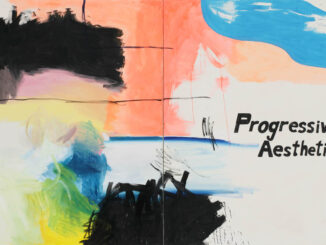
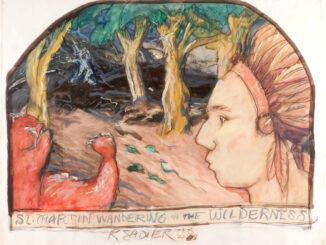
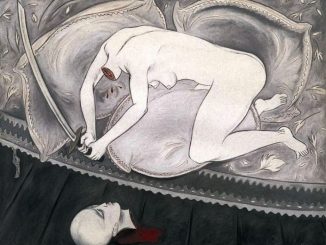
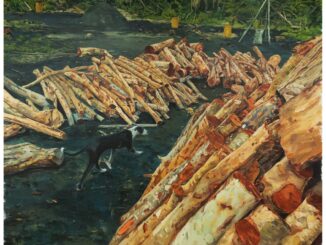
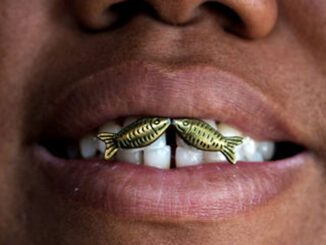
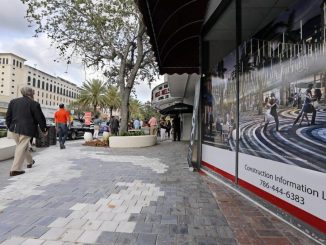
Be the first to comment